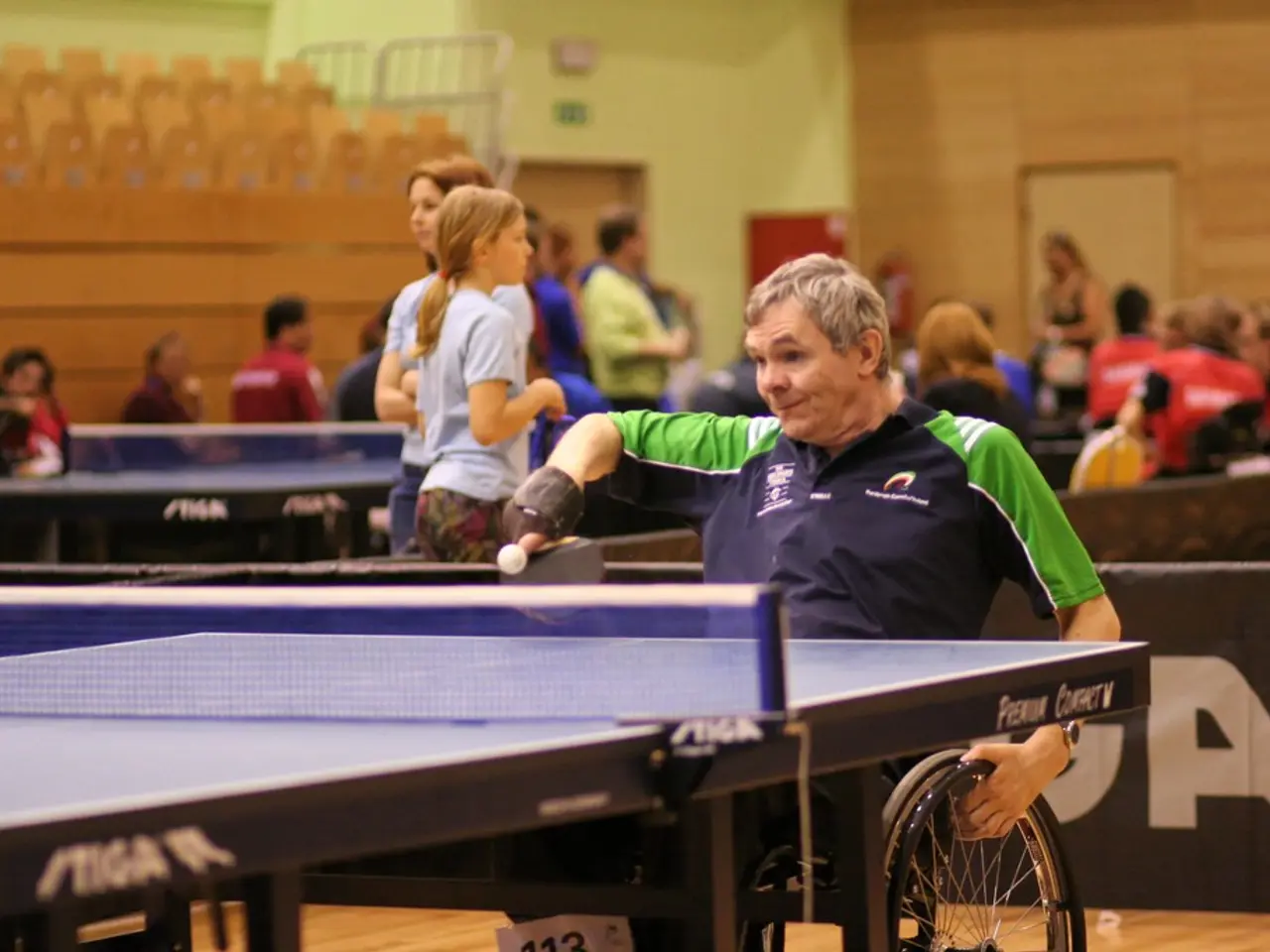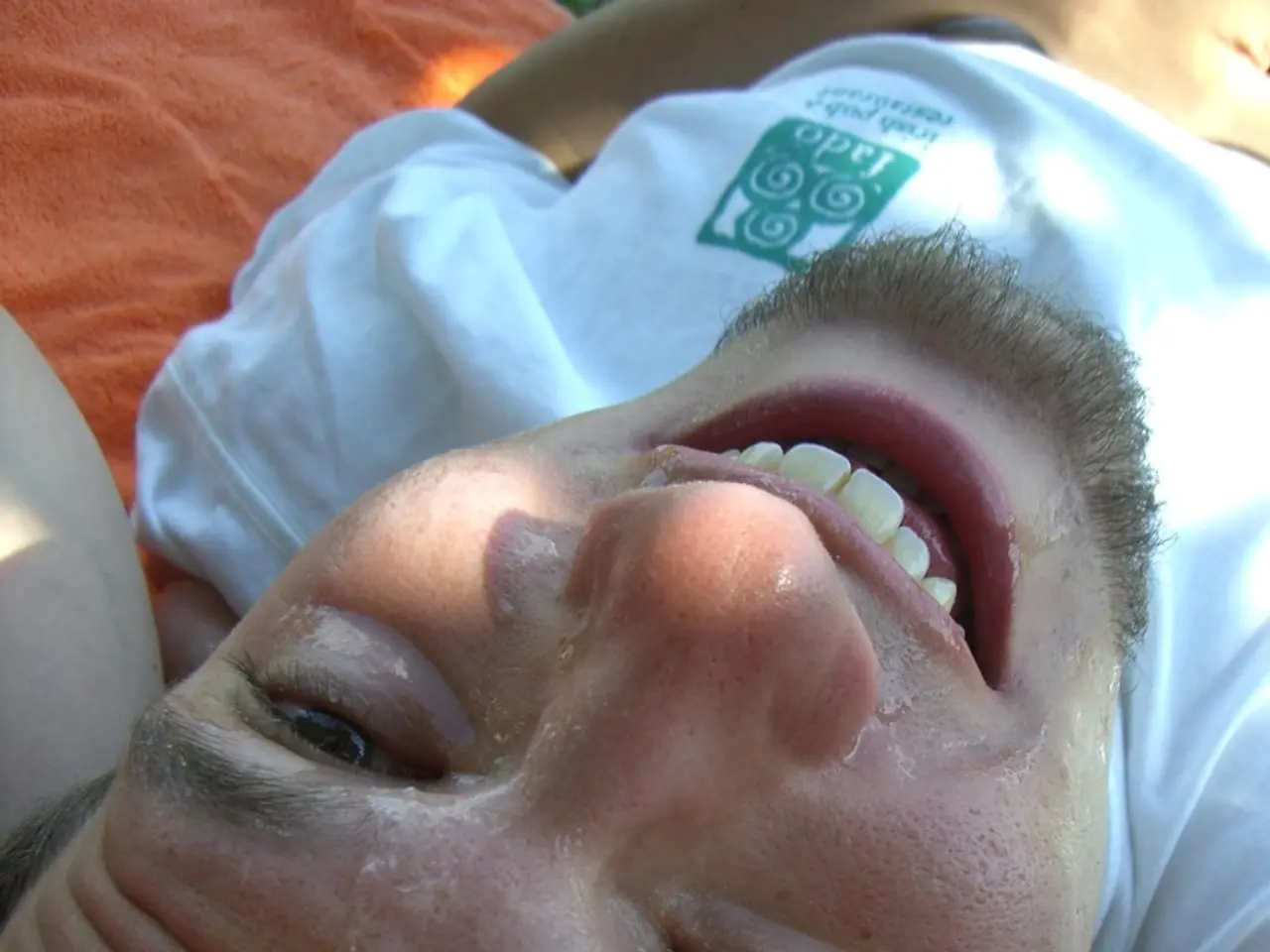Ulnar Deviation: An Explanation of Its Definition, Triggers, and Management Strategies
Ulnar deviation is a condition that affects the wrist and hand, causing the fingers to bend towards the ulna bone. This condition can limit the range of motion of the fingers and reduce grip strength, making everyday tasks difficult.
Ulnar deviation is often associated with several medical conditions that affect the musculoskeletal system. Rheumatoid Arthritis (RA), Osteoarthritis (OA), Psoriatic Arthritis (PsA), Lupus, and Brachial Plexus Palsy are some of the common conditions linked to ulnar deviation.
Rheumatoid Arthritis (RA) is a chronic autoimmune disorder that primarily affects the joints, causing pain, swelling, and stiffness. Ulnar deviation is a common deformity in the wrist due to the disease's inflammatory effects on the joints and surrounding tissues.
Osteoarthritis (OA) develops gradually as the cartilage between joints breaks down due to use and aging. While OA is less typically associated with ulnar deviation compared to RA, it can lead to deformities in the wrist if the wrist joints are involved.
Psoriatic Arthritis (PsA) is a type of arthritis that occurs in some people with psoriasis. It can cause joint pain, swelling, and stiffness, and may lead to deformities similar to those in RA, including ulnar deviation.
Lupus is an autoimmune disease that can affect any part of the body, including the joints, skin, and organs. While it is less commonly associated with specific wrist deformities compared to RA, it can cause ulnar deviation over time.
Brachial Plexus Palsy is a congenital condition that affects the nerves in the arm and can cause weakness and loss of motion in the shoulder, arm, hand, and fingers. While it primarily affects the arm's motor function, long-term consequences can include deformities due to muscle imbalance, though ulnar deviation is not a direct result of brachial plexus palsy.
Other conditions that can affect wrist alignment and potentially lead to ulnar deviation or similar deformities include Madelung Deformity, Ulnar Impingement Syndrome, and congenital abnormalities.
Treatments for ulnar deviation focus on managing symptoms and preventing the problem from getting worse. The first step in treating ulnar deviation involves diagnosing and treating the underlying condition. Other treatments may include splints and hand braces to keep the fingers in place while adding extra support to the wrist, wrist flexion and extension exercises, tendon gliding, and other hand and wrist exercises to increase muscle strength and improve range of motion.
In addition to medical treatments, home remedies such as applying a hot or cold compress, consuming more omega-3 fatty acids, massaging the joints gently, and reducing stress with meditation and deep breathing exercises can help relieve painful inflammation in the hand and wrist.
It is essential to consult a healthcare professional for an accurate diagnosis and appropriate treatment plan if experiencing symptoms of ulnar deviation or any other related conditions.
- Ulnar deviation can be associated with Lupus, an autoimmune disease that can cause ulnar deviation over time, affecting any part of the body including joints.
- Osteoarthritis (OA), while less commonly associated with ulnar deviation, can lead to deformities in the wrist if the wrist joints are involved, similar to Rheumatoid Arthritis (RA).
- Similarly, Psoriatic Arthritis (PsA), a type of arthritis that occurs in some people with psoriasis, can cause joint deformities and ulnar deviation due to inflammatory effects.
- In the realm of chronic diseases, Rheumatoid Arthritis (RA) is a common condition linked to ulnar deviation, causing pain, swelling, and stiffness in the joints.
- Other joint pain and chronic medical conditions like Madelung Deformity, Ulnar Impingement Syndrome, and congenital abnormalities can also affect wrist alignment, potentially leading to ulnar deviation or similar deformities.
- Health-and-wellness practices, such as applying a hot or cold compress, consuming more omega-3 fatty acids, and massage, can help relieve painful inflammation in the hand and wrist, in addition to medical treatments.




